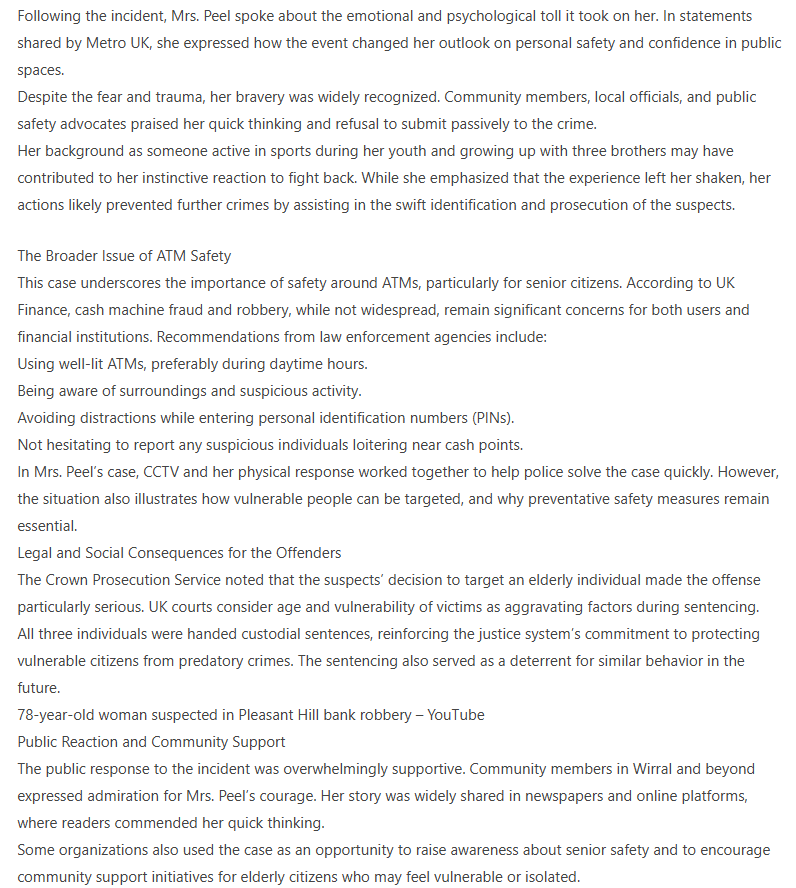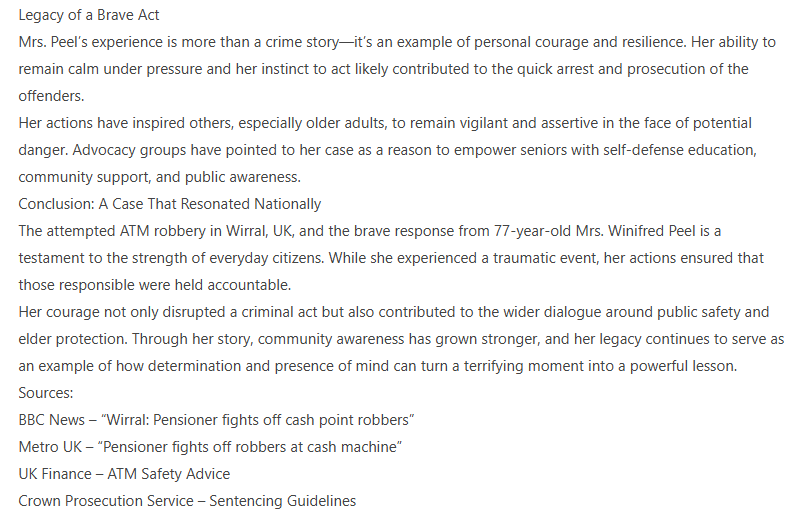In an age of constant digital connection and high-speed living, many people are rediscovering the healing power of something incredibly simple — walking barefoot on the earth. This practice, often called barefoot grounding or earthing, has captured attention for its calming effects on the mind and its ability to enhance balance and physical stability. But what is it really about? Is it just a wellness trend, or does it hold deeper, science-backed benefits for body and soul?
Let’s explore the philosophy, science, and practical methods behind barefoot grounding — and how you can use it to restore a sense of calm and stability in your life.



What Is Barefoot Grounding?
Barefoot grounding refers to the practice of walking or standing barefoot on natural surfaces like grass, soil, sand, or even stone. The idea is simple: when your bare skin touches the earth, it allows for a direct connection between your body and the planet’s natural electrical field. This connection is believed to help balance the body’s electrical charge, reduce stress, and promote a sense of calm and centeredness.
Humans have spent most of their evolutionary history in direct contact with the earth. Shoes — especially modern ones with thick rubber soles — have only been around for a small fraction of that time. As convenient and protective as footwear is, it also insulates us from the natural electrical exchange that occurs when our skin meets the ground. Barefoot grounding aims to restore that lost connection.
The Science Behind the Practice
While grounding may sound mystical at first, there’s an increasing body of research suggesting real physiological effects. The earth carries a subtle negative electrical charge, while the human body can accumulate positive charges through exposure to electromagnetic fields and free radicals. When you make direct contact with the earth, electrons may flow into your body, neutralizing excess positive charge and helping to restore balance.
Several studies have linked grounding to measurable health outcomes. These include:
- Reduced inflammation: Some researchers have found that grounding can decrease markers of inflammation, likely due to the neutralizing effect of electrons on free radicals.
- Improved sleep: Regular barefoot contact with the earth may help synchronize the body’s circadian rhythms, leading to more restful sleep.
- Decreased stress and anxiety: Grounding has been associated with lower cortisol levels and improved mood.
- Enhanced balance and stability: When your feet are allowed to move naturally without the restriction of shoes, the muscles and sensory nerves in your feet become stronger and more responsive.
While the scientific community continues to study the full range of effects, the evidence so far supports what many practitioners report anecdotally — that grounding feels deeply calming and stabilizing.
The Physical Benefits: Strengthening the Foundation
From a purely physical standpoint, walking barefoot has profound effects on posture, balance, and muscle activation. Modern footwear often provides too much support, which can weaken the small muscles in the feet and ankles over time. When you remove your shoes, these muscles are forced to work again, improving strength and coordination.
Barefoot walking also stimulates the thousands of nerve endings in the soles of your feet. These sensory receptors send constant feedback to your brain, helping you fine-tune your posture and maintain balance. Over time, this heightened awareness can improve how you move and stand — not just on grass or sand, but in your daily life.
Some physical benefits of regular barefoot grounding include:
- Greater foot and ankle strength
- Improved posture and spinal alignment
- Better joint mobility and balance
- Reduced foot pain and tension
- More natural gait and movement patterns
By strengthening the foundation of your body — your feet — barefoot grounding naturally supports overall physical stability.
The Mental and Emotional Effects
One of the most powerful aspects of grounding is its ability to calm the nervous system. When you walk barefoot outdoors, your body and mind begin to sync with the slower, rhythmic patterns of nature. The sensation of cool grass underfoot, the sound of wind in the trees, and the warmth of sunlight on your skin all combine to quiet mental chatter and promote mindfulness.
Many people describe feeling a sense of “coming home” when they practice grounding. This isn’t surprising — humans evolved in constant contact with nature. Our brains are wired to respond positively to natural stimuli. Studies on nature exposure show that spending time outdoors reduces anxiety, improves mood, and lowers stress hormones. Grounding amplifies these effects by adding physical connection to the experience.
In this way, barefoot grounding becomes more than a wellness routine — it becomes a moving meditation. Each step brings awareness to the present moment, helping release tension and anxiety. The result is a deeper sense of calm, focus, and emotional balance.
How to Practice Barefoot Grounding
You don’t need any special equipment or training to begin. The key is simply to make regular, direct contact between your bare skin and natural surfaces. Here’s how to start:
1. Choose Your Surface
Look for safe, clean outdoor areas. Grass, soil, sand, or unpainted concrete are all great options. Avoid asphalt or surfaces treated with chemicals. If possible, find a quiet, natural setting where you can relax without distractions.
2. Start Slowly
If you’re not used to walking barefoot, begin with 10 to 15 minutes a day. Gradually increase your time as your feet adapt. You may feel new sensations at first — tingling, warmth, or mild sensitivity — but these usually fade as your feet strengthen.
3. Be Mindful of Temperature and Terrain
Always be aware of sharp objects, hot surfaces, or extreme cold. You can also try grounding in the early morning when dew softens the grass or on the beach where sand is naturally forgiving and cool.
4. Incorporate Stillness
You don’t have to move the whole time. Standing barefoot, closing your eyes, and focusing on your breath can be equally powerful. Feel the weight of your body sink gently into the earth. Imagine energy flowing upward from the ground, bringing calm and balance.
5. Stay Consistent
Like any practice, grounding works best when done regularly. Even five or ten minutes a day can make a difference. Many people find morning or evening sessions most restorative.
Combining Grounding with Mindfulness or Yoga
Barefoot grounding pairs beautifully with mindfulness, yoga, tai chi, or simple stretching. Doing these activities outdoors allows you to engage your body while maintaining your connection with the earth. Try a gentle yoga flow on the grass or a few deep breaths in mountain pose while feeling the earth beneath your feet. These combinations can deepen the sense of centeredness and inner peace that grounding provides.
Modern Alternatives: Grounding Indoors
For those who live in cities or areas where outdoor grounding isn’t always practical, there are ways to bring the benefits indoors. Conductive grounding mats, sheets, or sandals are designed to simulate the electrical connection of natural grounding. While they may not fully replicate the sensory experience of being barefoot outdoors, many users report improved sleep and reduced stress when using them regularly.
However, even with modern tools, spending time in nature remains irreplaceable. The sights, sounds, and textures of the natural world offer healing in ways technology can’t fully mimic.
A Return to Simplicity
Barefoot grounding reminds us of something profound yet easily forgotten — that we are part of nature, not separate from it. In a world dominated by concrete, screens, and synthetic materials, simply standing barefoot on the earth can feel revolutionary. It’s a way to reconnect with the rhythms that sustain us, to find stability when life feels chaotic, and to rediscover calm through simplicity.
By practicing grounding regularly, you cultivate not just physical balance, but emotional and spiritual equilibrium as well. You may find that moments of stress soften more easily, your sleep deepens, and your body feels more alive and responsive.
In the end, grounding is about more than walking barefoot — it’s about remembering what it means to feel connected, whole, and at peace within the natural world.



